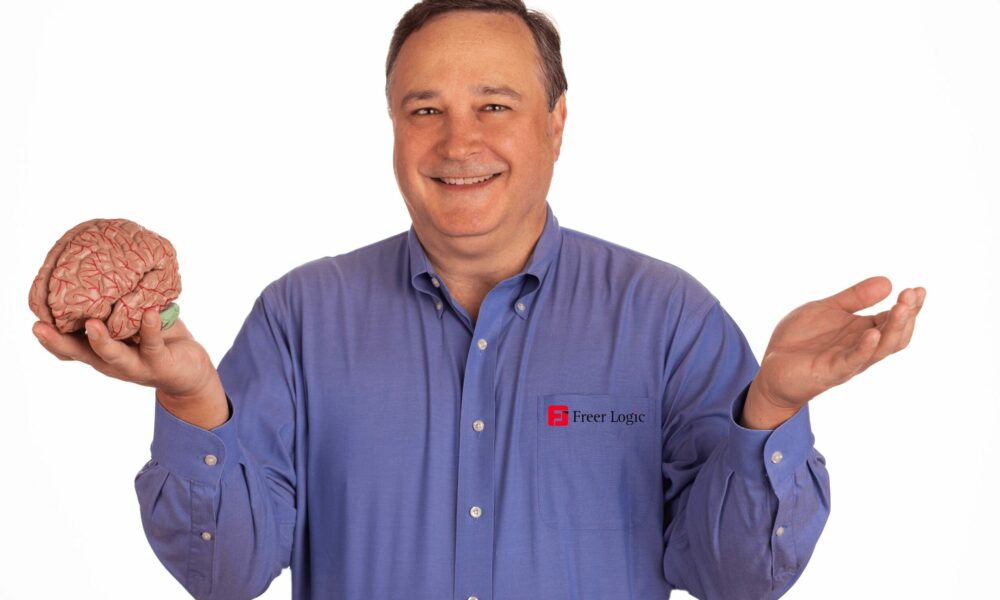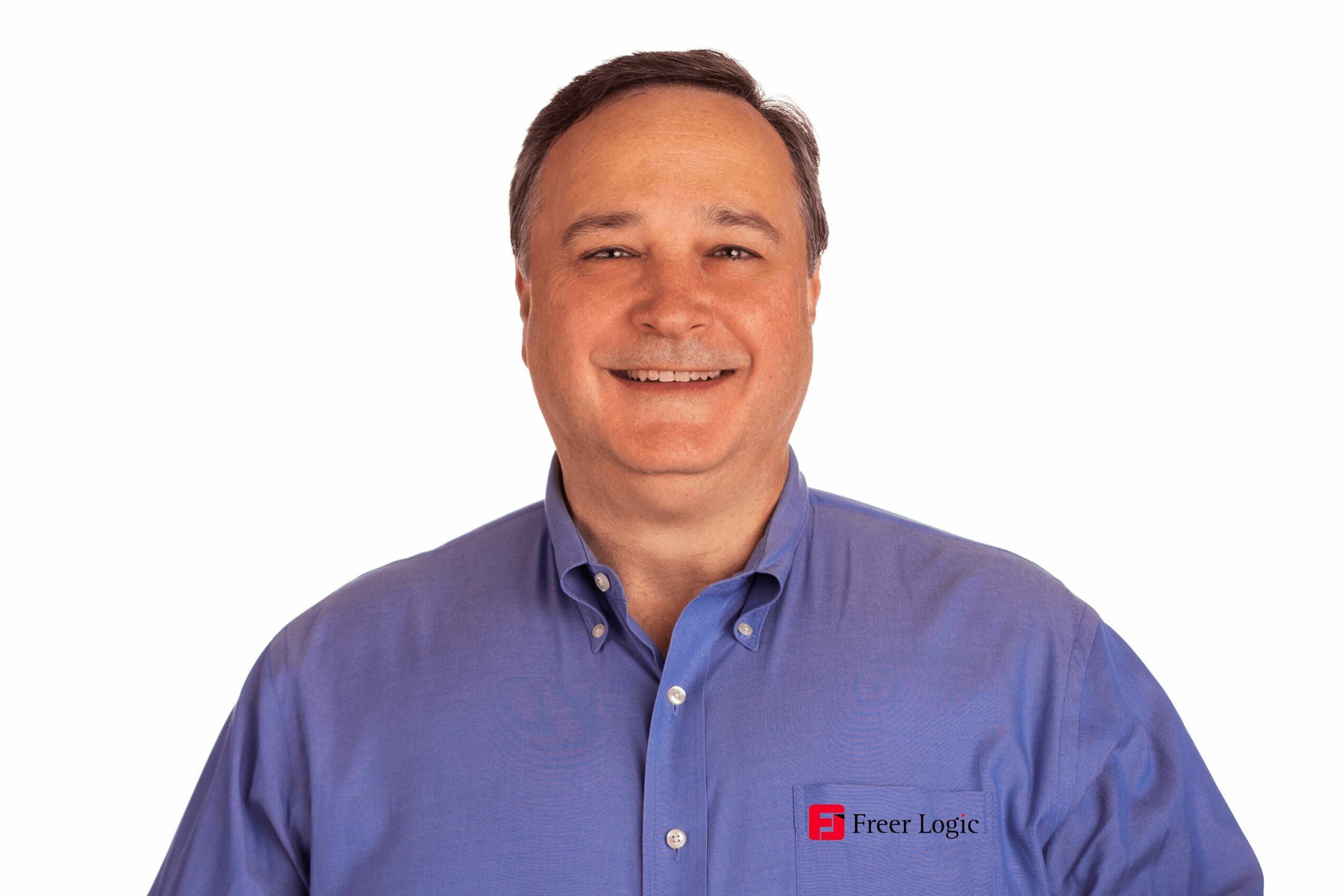

Today, we’d like to introduce you to Peter Freer.
Hi Peter, we’re thrilled to have a chance to learn your story today. So, before we get into specifics, maybe you can briefly walk us through how you got to where you are today.
I hold an MEd, am CEO of Freer Logic, and am the creator of Play Attention, an interactive neurofeedback learning system that is the most widely used educational neurocognitive training program for ADHD children and adults. It is shipped globally in 10 languages. Play Attention has three randomized, controlled studies performed by Tufts University School of Medicine. All have outstanding results and have been published in three peer-reviewed journals.
I started Play Attention because of one single student. John was unlabeled at a time when ADHD was a relatively new moniker for a disorder then termed minimal brain dysfunction. I moved him closer to my desk, provided individualized instruction, and developed a relationship that motivated him to learn. He was bright, funny, and full of energy.
He came in one day and laid his head upon his desk. I asked him if he was sick. He shook his head to indicate no. He raised his head and appeared tired. His eyes were bloodshot. He told me his mother had given him medicine. I asked him why he needed medicine if he wasn’t sick. John simply shrugged his shoulders. From then on, he was docile; his boundless energy was stifled. He had become another person overnight. I was brokenhearted.
Speaking with his mother, I learned that John was not behaving at home and his father had been punishing him with a “whippin’.” In the deep South, that means John was getting struck with a belt or a switch. These were country folk in a very rural hamlet in the mountains of western North Carolina. That’s how they solved behavior problems for decades before we knew better about behavior shaping. When the belt didn’t work, John’s parents thought they should consult their doctor. Within 20 minutes, John had a prescription.
Given that I had pursued physics, mathematics, science, and computer programming, I naively thought that I could create a program to fix John’s problems without the mind-altering substances he was taking. In my research for this problem that I came to know as ADHD or attention deficit hyperactivity disorder, I stumbled across the fact that NASA was using neurotechnology to train astronauts to pay attention in states of hyper and hypo arousal.
I modified their technology to include training to improve executive function and behavioral shaping. I was awarded 3 patents for these new ideas. I contacted NASA to report the significant enhancements to their technology. At NASA’s request, I was eventually featured in NASA Spinoff magazine and asked to speak at the National Space Society in Washington, DC. This took nearly six years of R&D while working 3 jobs six days a week.
I moved away during those six years of R&D. I occasionally queried my former colleagues to learn that John had been in and out of jail throughout his high school years. Self-medicating was his biggest crime. I’ve never forgotten he was my sole motivation.
This was a pioneering effort as neurotechnology in the 1980s and 90s was used only by clinicians. I was interested in placing it in the hands of parents, teachers, and anyone that could benefit. I also created the genre of neurocognitive training, or the integration of neurotechnology with cognitive training to improve executive function.
My contributions to the field of neuroscience have garnered 14 patents, with others pending. I’ve lectured at the United Nations in Vienna, Austria, and am co-author of a white paper on human performance with the International Atomic Energy Agency of the United Nations.
I’ve created and patented groundbreaking body-based brain monitoring. My team is currently working with the automotive and consumer electronics industries to integrate the technology in automobiles to monitor driver distraction and drowsiness. In consumer wearables, the technology can read the wearer’s states of attention, meditation, peak performance, relaxation, and stress.
I’ve appeared twice on Good Morning America, been featured in TIME magazine, Popular Science, Investors Business Daily, Associated Press, Delta Sky Magazine, Washington Post, Boston Globe, Miami Herald, NY Times online, Psychology Today, Globe and Mail, Daily Mail, Science Daily, WebMD, NASA Spinoff magazine, and other media.
We all face challenges, but would you describe it as a relatively smooth road?
Being an entrepreneur is not easy. One has to be naive because if one knew how difficult this road would be, one wouldn’t venture on the road at all!
We’ve had our technology and IP copied at least twice, but both companies failed even after obtaining venture capital on our ideas. We let lawyers negotiate initially, but before the negotiations and potential lawsuits were settled, the other companies failed. I think this is what greed causes.
The other parties see the immense potential but have no clue how to develop or implement it.
As you know, we’re big fans of you and your work. For our readers who might not be as familiar with what you do, what can you tell them about what you do?
Imagine placing a wristband on your cell phone or tablet and, in an instant, being able to control apps on your cell phone or tablet by your mind alone. I was able to see that. When I mentioned it to a professor at Northwestern University, he said, “Why bother? We already can get brain data from sensors on the head? I don’t think you can do it, but if you can, I want one!”
I think this is akin to slicing a loaf of bread before you sell it. I’m certain that the question in response to slicing a loaf was why do that when I’m already selling whole loaves of bread?
Wearing headsets to obtain brain data is suitable for clinicians. It provides greater fidelity, which is necessary for medical work. However, one never sees anyone wearing a neurotechnology headset – no matter how elegant looking it may be – on the subway, in the grocery store, or anywhere else for that matter. Wrist-worn wearables are quite acceptable and can be used by anyone, anywhere at any time.
Now, take that one step further. Imagine having a headrest that can read your neuro signals without anything ever touching you. Imagine it’s a foot away from your head. Imagine it says to you, “I see that you’re stressed. Shall I re-route your drive for you? Can I play some soothing music? Or would you like me to augment the car’s environment for you?” I saw that. We made that technology and have numerous patents, with more to come.
The automotive industry has been experimenting with neurotechnology for years, but they’ve had to use clinical equipment or modern headsets. I introduced my wrist-worn device. They responded that they cannot get people to wear headsets in a vehicle because it’s too odd-looking, invasive, and obtrusive. The auto OEM also used wrist-worn heart rate variability (HRV) sensors. They found that drivers were inconsistent in their use. None of those alternatives were viable. I had to find a way to have neurotech embedded in the vehicle.
I fell asleep one night after watching Contact, a movie starring Jody Foster and Matthew McConaughey. The story was originally from a book by Carl Sagan, a flamboyant planetary scientist and astronomer. Foster played a scientist searching for extraterrestrial life using radio telescope arrays that can detect radio waves from billions of light years away.
This allows them to observe distant objects in the universe, such as galaxies, pulsars, and quasars that are billions of light years away from Earth. I woke up at almost exactly 3 AM and woke my wife to tell her I thought of a way to examine the minute signal without contacting the head. I began to draft the initial patent a few moments later.
Before we let you go, we’ve got to ask if you have any advice for those just starting.
Define your vision intricately. Summarize all the nuances, all the concepts, and your trajectory with great detail.
Surround yourself with people who share your vision. Be thick-skinned and be prepared for rejection.
Never quit.
Contact Info:
- Website: www.playattention.com
- Instagram: https://www.instagram.com/playattention1/
- Facebook: https://www.facebook.com/myplayattention
- Linkedin: https://www.linkedin.com/in/peter-freer-6b080a3/
- Youtube: youtube.com/playattention888
 Image Credits
Image Credits
Freer Logic











